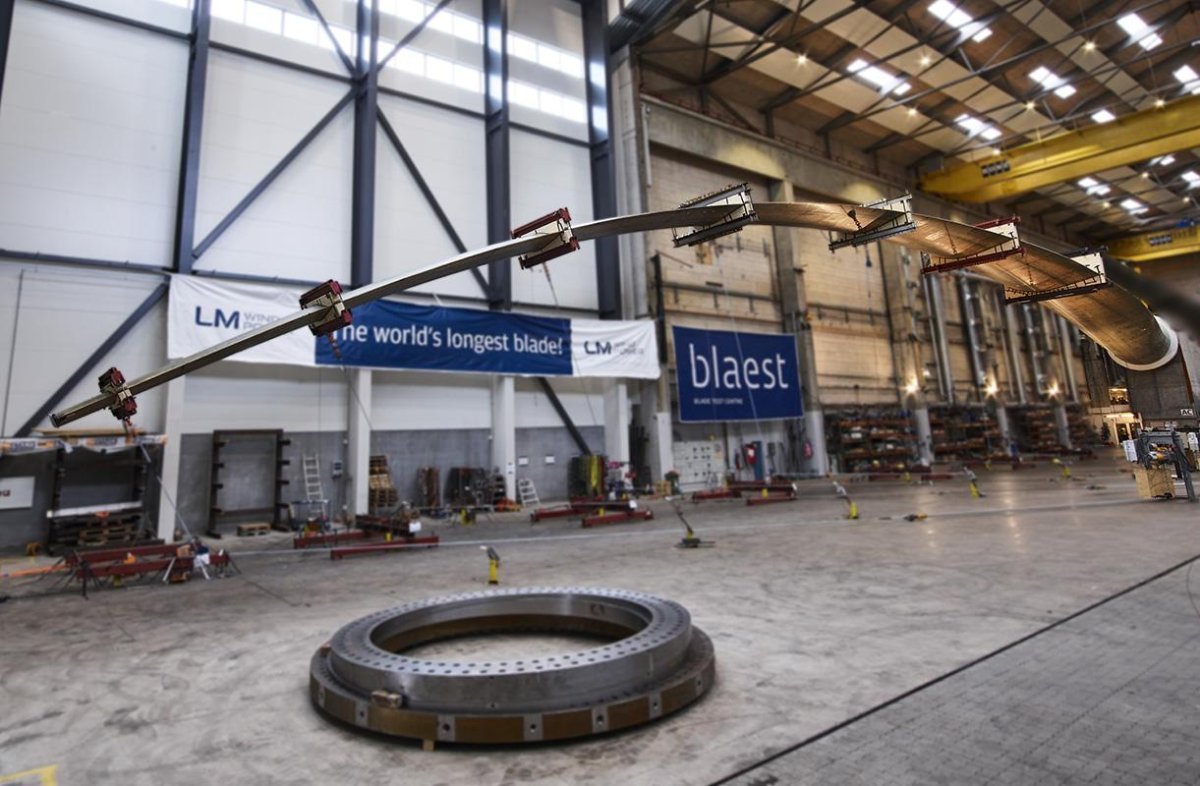You might not commonly associate studying at the aerospace faculty with wind turbines, but one TU Delft alumnus was drawn to the university after seeing the faculty’s wind tunnel and now is working on the longest wind turbine blade in the world.
Cornelis van Beveren began his studies at TU Delft in 1998 after a childhood spent building model airplanes, together with a good friend who went on to become a pilot. Van Beveren also wanted to pursue a flight-related study but when he worked on a wind tunnel during secondary school, his focus switched.
Sustainability
The TU Delft’s wind tunnel may have drawn him in but it was his university coursework that pushed him into the direction of wind energy. During his bachelor’s programme, he took a course in sustainable development, where he came face to face with the realities of the aerospace industry. “I realised aircraft weren’t sustainable,” he said, “and I wanted to work on something sustainable.”
His master’s thesis focused on creating a wind turbine to be used in urban environments. “I tested it on top of the aerospace engineering building at TU Delft,” he said. He set out to solve two main problems with his thesis: designing a wind turbine that was quieter and one that looked nice while improving its performance. Noise and aesthetics are two problems that have traditionally held back urban wind turbine development.
Alumnus MSc Aerospace Engineering - mastertrack Aerodynamics & Wind Energy - Cornelis
From small to big
When van Beveren graduated, he took a job with the rotor blade company, LM Wind Power. He started as a quality engineer and then moved on to testing. In 2015, he began preparations to test the world’s largest wind turbine blade. “When I started my career, blades reached about 50 metres in length. Now the largest one is nearly 90 metres,” he said.
That nearly 90 meter blade is a product of LM Wind Power. In fact, it measures 88.4 metres and, after years of preparations, was tested in 2017 to great success. “These minutes in the control room felt like hours, as I followed the response of the blade to the load, following real time data from 180 sensors,” said van Beveren in a press release by the company.

Going forward
Now that the blade proved it can withstand strong winds, it must be tested for durability. The company is testing three blade prototypes to find out. Meanwhile, van Beveren has goals of his own. “I would really like to be an ambassador for studying in the field of sustainability,” he said. He encourages students who think they might want to pursue a career in wind energy to get in touch.
Personal quote:
“I experience that my move to the Windenergy is very exciting and really motivates me to perform my daily job. I go to work with the idea that “my little stone” contributes to the “big cathedral”: sustainable energy for people and planet. Although I know this world is far from Paradise, I wish you a similar experience to bring Aerospace technology a step further into a fair, sustainable and healthy future.”
More articles on this topic:

Personal:
Name: Cornelis van Beveren (LinkedIn)
Country: the Netherlands
BSc: Aerospace Engineering, TU Delft
MSc: Aerospace Engineering, track Aerospace structures and Materials
Side track: Wind Energy
Year of Graduation: 2007
Current position: Lead Engineer, Test systems, Blade testing at LM Wind Power

